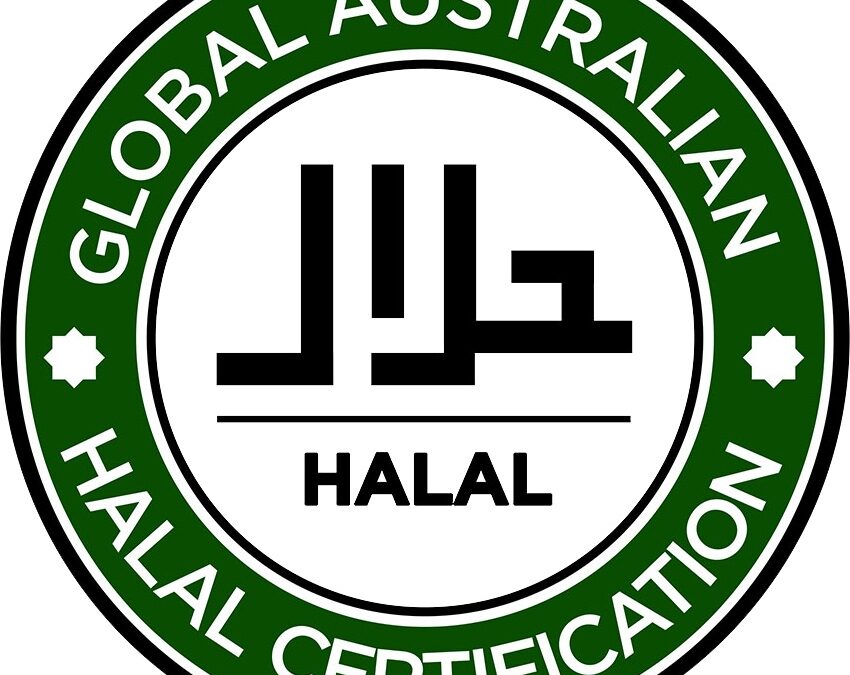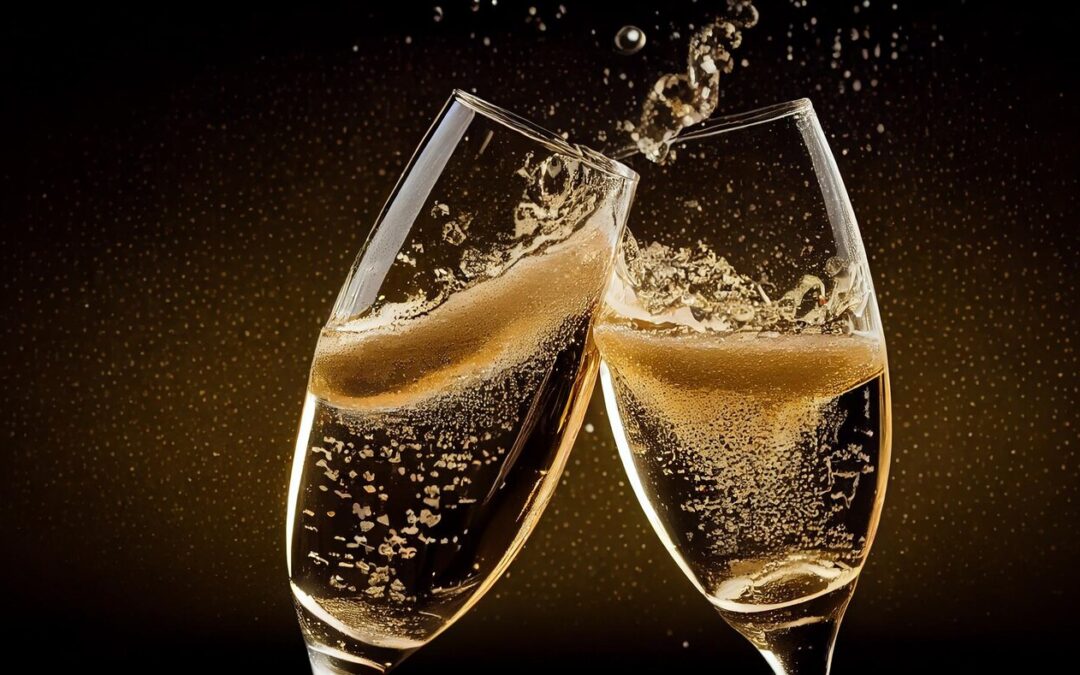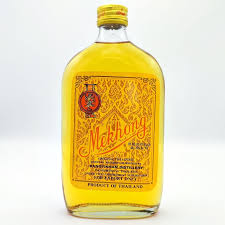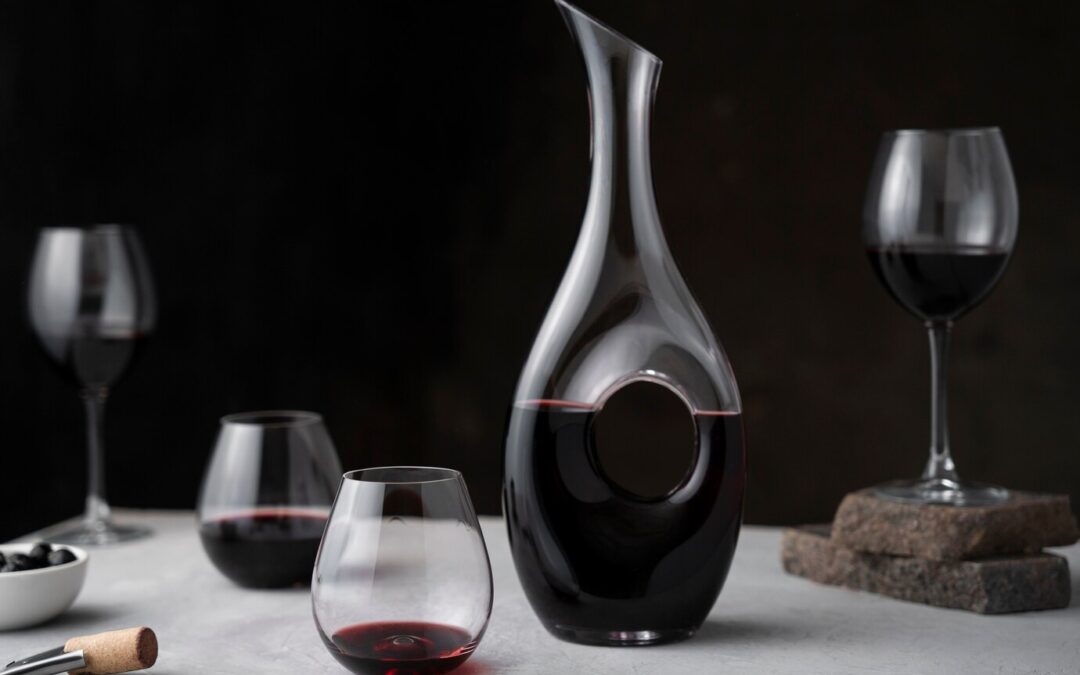
by Ross Kingsley | Feb 9, 2025 | KNOWLEDGE: MEAT ESSENTIALS
Halal beef refers to meat from cattle that adheres to Islamic dietary laws, as prescribed by the Quran. The word “Halal” means “permissible” in Arabic, and it defines what Muslims are allowed to eat, ensuring that the food complies with both physical and spiritual cleanliness. Halal meat, including beef, is distinct because of the way the animal is treated and slaughtered.
For beef to be considered Halal, the animal must be healthy at the time of slaughter. It is crucial that a trained individual performs the slaughtering by invoking the name of Allah and using a sharp knife to swiftly complete the process. This process allows the blood to drain, as blood is considered impure in Islam. The focus on humane treatment and minimizing the animal’s suffering underscores the ethical considerations embedded in Halal practices.
The origins of Halal meat date back to the time of Prophet Muhammad in the 7th century. The dietary laws were established not only as a means of spiritual discipline but also for health reasons. The prohibition of certain foods, like pork or improperly slaughtered animals, and the emphasis on cleanliness reflected a comprehensive approach to hygiene and ethics.
Today, Halal beef is widely consumed by over 1.9 billion Muslims globally. It is not only a religious obligation but also a symbol of ethical farming and food production. As the demand for Halal products grows, many producers – like all suppliers to Churrasco Phuket Steakhouse – have adopted certification processes to ensure their products meet these strict standards. Halal beef is more than just meat—it’s a commitment to faith, ethical treatment of animals, and quality food production.
_ _ _
© Churrasco PHUKET STEAKHOUSE / ALL RIGHTS RESERVED
Churrasco Phuket Steakhouse serves affordable Wagyu and Black Angus steaks and burgers. We are open daily from 12noon to 11pm at Jungceylon Shopping Center in Patong / Phuket.
We are family-friendly and offer free parking and WiFi for guests. See our menus, reserve your table, find our location, and check all reviews here:
https://Churrascophuket.com/
#Churrascophuket #jungceylon #phuketsteakhouse #affordablewagyu #wagyu
Share
PreviousNext

by Ross Kingsley | Feb 9, 2025 | WINES: UNCORKING THE MYSTERY
In the world of Champagne, the spotlight often shines on big brands, but the true soul of this iconic region lies in the smaller, artisanal producers. Houses like Breton & Fils, Jacques Selosse, and Agrapart & Fils represent the artistry and dedication that define Champagne’s legacy. These growers and family-run estates craft unique wines that tell the story of their land, offering an intimate alternative to mass-produced bottles.
Breton & Fils, nestled in the Côte des Blancs, is a family-run gem known for its commitment to sustainability and terroir-driven wines. Similarly, Jacques Selosse has gained cult status for its biodynamic practices and expressive, barrel-fermented Champagnes, redefining what terroir means in the region.
Growers like Agrapart & Fils and Larmandier-Bernier lead the charge in Grand Cru villages, crafting extraordinary blanc de blancs from Chardonnay. Their Champagnes are testaments to precision, highlighting the minerality and purity of the Côte des Blancs. Meanwhile, Pierre Péters elevates Grand Cru craftsmanship, focusing exclusively on blanc de blancs with exceptional finesse.
Houses such as Bérêche et Fils and Laherte Frères embrace organic farming and traditional methods to produce limited, sought-after cuvées. Similarly, Savart and Chartogne-Taillet create vineyard-specific Champagnes that are alive with personality and freshness, celebrating lesser-known terroirs.
These small producers are vital to Champagne’s ecosystem. They prioritize authenticity, working in harmony with nature, and often experimenting with minimal intervention winemaking. Their dedication ensures Champagne remains dynamic and diverse, proving that the heart of this sparkling region doesn’t only reside in grand estates but thrives in the passion of these small, family-driven houses.
For true Champagne lovers, exploring these producers is a journey into the essence of craftsmanship. Each bottle tells a story of heritage, innovation, and an unwavering commitment to excellence.
_ _ _
© CHURRASCO PHUKET STEAKHOUSE / ALL RIGHTS RESERVED
Churrasco Phuket Steakhouse serves affordable Wagyu and Black Angus steaks and burgers. We are open daily from 12noon to 11pm at Jungceylon Shopping Center in Patong / Phuket.
We are family-friendly and offer free parking and WiFi for guests. See our menus, reserve your table, find our location, and check all reviews here:
Home
#churrascophuket #jungceylon #phuketsteakhouse #affordablewagyu #wagyu

by Ross Kingsley | Feb 9, 2025 | LIQUORS: LIFT YOUR SPIRITS
Thailand’s tropical climate and sugarcane-rich agriculture provide the perfect foundation for crafting exceptional rum. Thai rum brands, each with its distinct history and flavor, reflect the country’s heritage and innovation. Here’s a closer look at four noteworthy names: Mekhong, SangSom, Phraya, and Chalong Bay.
Mekhong: The Pioneer
Dubbed the “Spirit of Thailand,” Mekhong is more than just a rum—it’s an icon. Launched in 1941, Mekhong was Thailand’s first domestically produced spirit. Although it’s technically a sugarcane and rice-based spirit, its rum-like character places it in this category. Named after the mighty Mekong River, the brand blends Thai herbs and spices for a unique flavor that reflects its cultural roots. Traditionally enjoyed neat or in classic cocktails, Mekhong holds a nostalgic charm for many Thais.
SangSom: The Everyday Favorite
SangSom, introduced in 1977, has been a household name in Thailand for decades. Known for its smooth, caramel-like profile, it’s crafted from locally sourced sugarcane and aged in oak barrels. Popular among locals and visitors alike, SangSom is a staple at parties and beachside gatherings. While it may not be a premium rum, its accessible flavor and affordability make it a beloved companion for mixing with soda or enjoying over ice.
Phraya: The Premium Offering
Phraya is Thailand’s answer to high-end rum. Aged for seven to twelve years in charred oak barrels, Phraya boasts a luxurious, deep flavor profile with notes of honey, vanilla, and dried fruit. Its name, meaning “royalty,” is fitting for a rum that epitomizes sophistication. Perfect for sipping, Phraya showcases Thailand’s craftsmanship on the global stage.
Chalong Bay: Crafting Sustainability
Chalong Bay, hailing from Phuket, combines French distillation techniques with Thai sugarcane. The result is a handcrafted, agricole-style rum that emphasizes sustainability. Distilled in small batches using freshly pressed sugarcane juice, Chalong Bay offers a fresh, grassy flavor that appeals to those seeking a more artisanal experience.
From the rich history of Mekhong to the refined elegance of Phraya, Thai rums capture the essence of a nation rich in tradition and creativity. Whether you’re savoring these spirits neat or in cocktails, they provide a delicious way to explore Thailand’s vibrant culture.
_ _ _
© CHURRASCO PHUKET STEAKHOUSE / ALL RIGHTS RESERVED
Churrasco Phuket Steakhouse serves affordable Wagyu and Black Angus steaks and burgers.
We are open daily from 12noon to 11pm at Jungceylon Shopping Center in Patong / Phuket.
We are family-friendly and offer free parking and WiFi for guests.
See our menus, reserve your table, find our location, and check all reviews here:
Home
#churrascophuket #jungceylon #phuketsteakhouse #affordablewagyu #wagyu

by Ross Kingsley | Feb 2, 2025 | RESTAURANT BUSINESS: BEHIND THE KITCHEN DOOR
Food security is not only a highly critical issue in the restaurant industry, but one of ethics too. As a restaurateur, ensuring the safety and quality of food has to be a given, but achieving this is not without its challenges. Problems often arise during food transportation, such as delayed deliveries, the need for temperature-controlled environments, or contamination. These issues can quickly lead to compromised food safety, resulting in customer or staff illnesses. Addressing these challenges is essential for maintaining a reputable and successful restaurant.
Steps to Address Food Security Issues
To tackle food security concerns, it’s important to approach them systematically. Start by sourcing a reliable food transportation company in your area. Thoroughly research options to find one that offers quality service without inflating your costs. A dependable supplier ensures your ingredients arrive fresh, on time, and in proper condition.
Another crucial step is staff training. Ensure your team is well-versed in proper health and hygiene practices. This includes washing hands, wearing gloves, hairnets, and clean uniforms, and using sanitized equipment and tools. Regular training sessions can help reinforce these practices and maintain high standards in your restaurant.
Investing in a cloud-based access control system for food storage areas can further bolster security. By limiting access to specific employees, you reduce the risk of contamination or mishandling of food supplies.
Prioritizing Safety Over Cost
When faced with uncertain circumstances, always prioritize safety. For example, if your refrigerator breaks down and the duration of the malfunction is unknown, discard perishable items immediately, even if it means incurring extra costs. Cutting corners in such situations can lead to severe consequences, including customer illnesses and lasting reputational damage.
To further enhance food security in larger operations, consider hiring a food safety auditor. These professionals can assess your operations, identify potential risks, and help you obtain the necessary certifications to reassure your customers of your commitment to quality and safety.
By prioritizing food security, you not only safeguard your customers but also build a strong foundation for a successful restaurant business.
Image Credit: https://freepik.com
_ _ _
© CHURRASCO PHUKET STEAKHOUSE / ALL RIGHTS RESERVED
>>> Reprinting, reposting & sharing allowed, in exchange for a backlink and credits <<<
Churrasco Phuket Steakhouse serves affordable Wagyu and Black Angus steaks and burgers. We are open daily from 12noon to 11pm at Jungceylon Shopping Center in Patong / Phuket.
We are family-friendly and offer free parking and Wi-Fi for guests. See our menus, reserve your table, find our location, and check all reviews here:
https://ChurrascoPhuket.com/
#Churrascophuket #jungceylon #phuketsteakhouse #affordablewagyu #wagyu

by Ross Kingsley | Feb 2, 2025 | WINES: UNCORKING THE MYSTERY
The Bordeaux wine region in France, one of the most prestigious wine-producing areas in the world, is divided into two main regions by the Gironde Estuary and its tributaries, the Garonne and Dordogne rivers. These regions, known as the Left Bank and the Right Bank, produce wines with distinct characteristics due to differences in soil, climate, grape varieties, and historical development.
Historical Background
The Left Bank, home to regions like Médoc and Graves, rose to prominence in the 17th and 18th centuries due to its proximity to the city of Bordeaux and its deep-water ports, which facilitated trade. The 1855 Classification further solidified its prestige, highlighting estates such as Château Lafite Rothschild and Château Latour.
The Right Bank, including the renowned areas of Saint-Émilion and Pomerol, gained prominence later. Its wines were traditionally produced by smaller, family-run estates rather than large châteaux, and it wasn’t until the 20th century that wines like Château Pétrus garnered international acclaim.
Main Grape Varieties
The Left Bank is dominated by Cabernet Sauvignon, which thrives in its gravelly soils that provide excellent drainage and heat retention. This results in structured, tannic wines with aging potential. Left Bank blends typically include smaller proportions of Merlot, Cabernet Franc, and Petit Verdot.
In contrast, the Right Bank is known for Merlot, which prefers the clay and limestone soils of the region. Merlot produces wines that are softer, fruitier, and more approachable in their youth. Right Bank blends often include Cabernet Franc and occasionally small amounts of Cabernet Sauvignon.
Key Appellations
-
Left Bank: Médoc (including Margaux, Pauillac, Saint-Julien, and Saint-Estèphe) and Graves (home to Pessac-Léognan). Iconic labels include Château Margaux, Château Mouton Rothschild, and Château Haut-Brion.
-
Right Bank: Saint-Émilion and Pomerol. Notable estates include Château Cheval Blanc, Château Ausone, and Château Pétrus.
Flavor and Style Differences
Left Bank wines are typically powerful, with dark fruit flavors, firm tannins, and earthy, smoky notes. They are ideal for long-term aging. In contrast, Right Bank wines are characterized by red and black fruit flavors, softer tannins, and a more rounded mouthfeel, offering earlier drinkability.
Both regions produce world-class wines, but the choice often comes down to personal preference: the structured elegance of the Left Bank or the plush richness of the Right Bank.
Image Credit: https://wikipedia.org
_ _ _
© CHURRASCO PHUKET STEAKHOUSE / ALL RIGHTS RESERVED
>>> Reprinting, reposting & sharing allowed, in exchange for a backlink and credits <<<
Churrasco Phuket Steakhouse serves affordable Wagyu and Black Angus steaks and burgers. We are open daily from 12noon to 11pm at Jungceylon Shopping Center in Patong / Phuket.
We are family-friendly and offer free parking and Wi-Fi for guests. See our menus, reserve your table, find our location, and check all reviews here:
https://ChurrascoPhuket.com/
#Churrascophuket #jungceylon #phuketsteakhouse #affordablewagyu #wagyu





